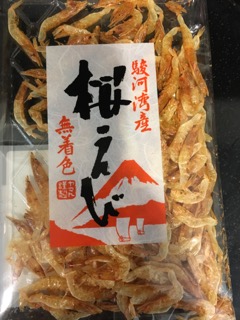Cooking: Standard Dashi
The most daunting thing about cooking Japanese food, or any new food for that matter, is learning how you create the intended flavour. I had only tasted whole bowls of ramen when I started so really had no idea of how to create strong and balanced flavour. I realized after my first cook that ramen is about layers and this is why critics talk about "complexity". You don't want one component to be overpowering and it is tricky learning how to combine flavours and get them working really well with each other.
I found dashi helped a lot - it gives your ramen body (often referred to as "umami") and does a great job pulling together all the individual layers and ingredients. It gives your bowl a more authentic Japanese taste and transforms what otherwise could taste like chicken or pork soup. You will see what I mean when you first start adding dashi to your stock - you start believing that you have a winning chance of making a half decent bowl.
Two ways to make dashi:
(1) use dashi stock powder - there are some really good ones out there so no shame in using them and it saves a lot of time. You can also use stock powder as a seasoning much like adding Oxo to bolognaise or gravy. If you go to a Japanese market (I like Nijiya in San Francisco), you will come across different dashi powders so best to buy a bunch and experiment.
A few examples of stock powder
(2) make from scratch - there are loads of different types of dashi (mostly smoked fish or mushroom based) and it is used in lots of Japanese dishes. If you make good dashi, you will be able to cook a pretty broad range of recipes in any Japanese cook book. Once you start making bone broth for stock, dashi will seem like a simple and short process!
Some of the ingredients I get from a Japanese market to make dashi
The two primary ingredients used in dashi are kombu seaweed and dried, fermented bonito, a tuna-like fish. Kombu and dried bonito are both extremely high in flavor compounds known as glutamates, experienced by our palates as "umami", the so-called fifth flavor. Glutamates exist in plenty of Western foods, like roast meats, dried anchovies, tomatoes, smoked pork and mushrooms.
In the dashi recipe I use, you slowly bring the kombu to a boil then take off the heat and add your bonito. So far, I have started to adapt my dashi for a bit more flavour. In addition to bonito, I add dried shitake mushrooms and other dried fish like prawns and niboshi (anchovies/sardines).
I leave these to steep in the hot water with kombu for about 30 minutes. This produces quite good results but I plan on much experimentation.
If you want to go to a ramen shop that takes dashi seriously, visit Mensho on Geary Street in San Francisco and try their Shoyu ramen (or Shio). They describe their dashi as "Rausu kelp and Hongare Katsuobushi". They do a great job of bringing out the smokiness and it adds something amazing to all their ramen.
Mensho decorate one wall of their Geary St. ramen shop with information about dashi!












